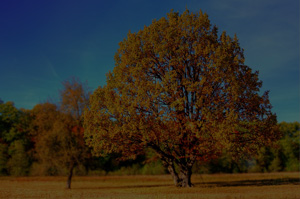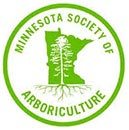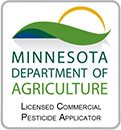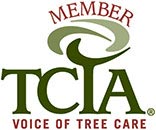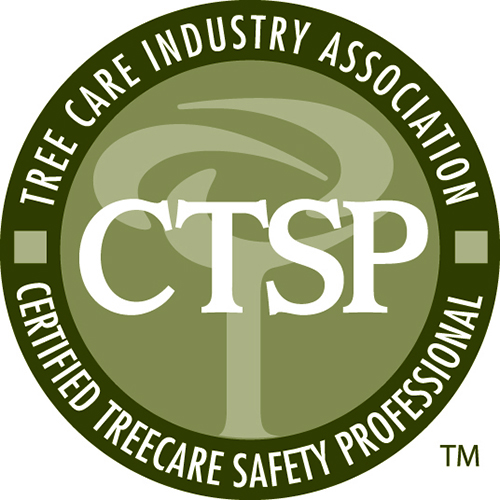Trees are a valuable part of nature. Not only do they provide oxygen to the environment, but they add value in many ways. For animals that need them for habitation to property owners that enjoy their magnificence, the value of trees can be measured in different ways. But like any asset, the value will not increase without proper care and attention, and caring for trees involves pruning.
Pruning for Tree Health
Pruning a tree will often be done for aesthetic purposes, but it is also completed for the benefit of the tree. Damaged, diseased, or broken limbs can be safety risks for those nearby and for the health of the tree. Removing these branches will also prevent further decay. Pruning can also reduce the amount of leaf disease on a tree by increasing the flow of air through the tree canopy. This has benefits for lower branches and for plants residing underneath the tree canopy, as well. Fruit trees, in particular, benefit from pruning as it has shown to improve the size and quantity of the crop when proper pruning takes place.
Pruning for Human Benefit
Since trees are part of our everyday lives, humans and trees must coexist. But over time, one entity can impede on the other, like on sidewalks and roadways. Pruning a tree can improve traffic or pedestrian flow around or under a tree. The presence of dead or flailing branches can make walking or biking paths difficult to navigate. Pruning these branches can free up traffic flow or improve the visibility of traffic-related signage. Dead and diseased branches can create a major hazard for your home. The siding of your home can be damaged from branches rubbing against it from harsh winds, and your roof can take a hit from falling dead branches. Proper pruning can be a small investment for your property instead of filing an insurance claim.
Pruning for Environmental Health
A tree with a large canopy can impede the growth of grass or shrubs at the base of the tree. Pruning can give other plants and lower branches the rain and light they need to be healthy. Pruning away dead or diseased branches will also impact pests and insects. Some insects colonize in dead or decaying branches and eat the nearby foliage. If they aren’t a nuisance, they may be spreading diseases affecting plant and tree growth and can become a nuisance in the future. And if trees overhang or brush up against your home, these insects may have an easy access point to enter your home.
When it comes time to prune a tree, remember that not all trees are created equally, and not all pruning methods work for all trees. Newly planted trees may need to be pruned every year to obtain proper form and strength. Older mature trees may only need to be pruned every five years. There are also right and wrong pruning techniques and using the wrong technique can damage a tree instead of helping it. If you have never pruned a tree, consider hiring an arborist who can provide professional insight and proper techniques. Precision’s certified arborists are happy to help! Our experts will properly prune your trees while keeping safety in mind. Contact us today to learn more about our tree pruning services.
